Medieval Allusions: Vague Stelle Lamp by Barcelona Design
Barcelona Design, the un-manufacturer of furniture and accessories that publishes objects both old and new, reissues well-known and little-known products by European architects; the company also collaborates with talented designers the world over to offer contemporary, innovative objects meant to rival the appeal of their older reissues—and to become this century’s new classics. In lighting, Barcelona Design (bd for short) represents an interesting chandelier that bridges tradition and modernity: the Vague Stelle Lamp.
Vague Stelle Lamp. Designed by Antoni de Moragas. Available through Barcelona Design.
Concentric Circle Chandelier Replicates Starry Night
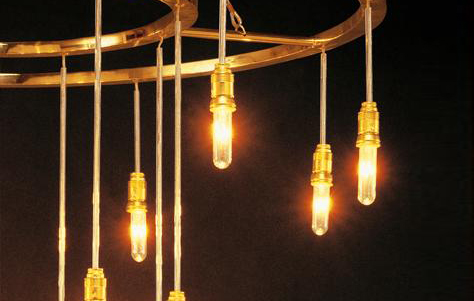
Designed in 1983 by Antoni de Moragas, the Vague Stelle Lamp took its inspiration from two sources: a lamp by Joseph Maria Olbrich, the Austrian architect and co-founder of the Vienna Secession group; and that lamp’s “medieval antecedents.” Moragas was responsible for converting an old textile warehouse in Barcelona into the restaurant Brasserie Flo. For this project, he transformed something old into something new by creating the Vague Stelle Lamp.
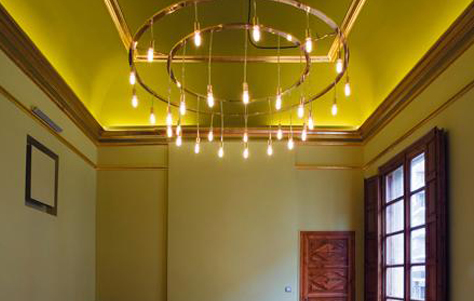
Two concentric circles form the skeleton of Vague Stelle, from which nine lights seem to drip down. By stringing together two or more Vague Stelle Lamps, the chandelier can be extended to create a longer and more dramatic series of cascading rings. Italian for stars, the word Stelle encapsulates the beauty of the Vague Stelle Lamp, which replicates the black dome of the night sky pinpricked by bright stars. It’s a galaxy simplified to its essence.
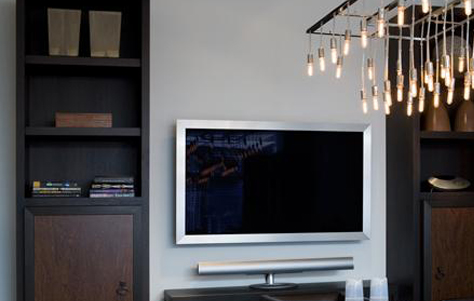
About the Company: Barcelona Design began in 1972 as “an expression of almost insolent rebellion by a group of young, unsatisfied architects, and soon became a productive philosophy with a mission to break moulds.” The company does not manufacture. It chooses objects, then seeks out the best possible process “so that each [object] is the result of the skill and care of genuine craftsmen or of the most advanced, intelligent technology.”
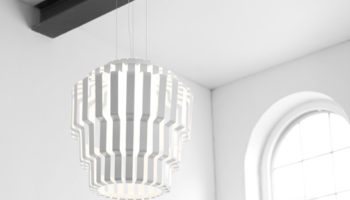
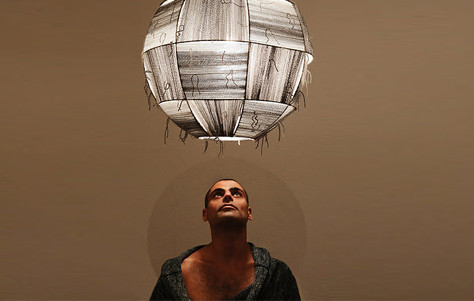
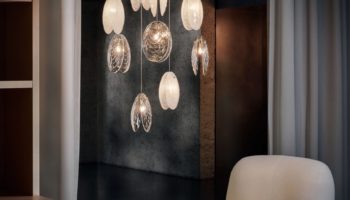

Leave a Reply